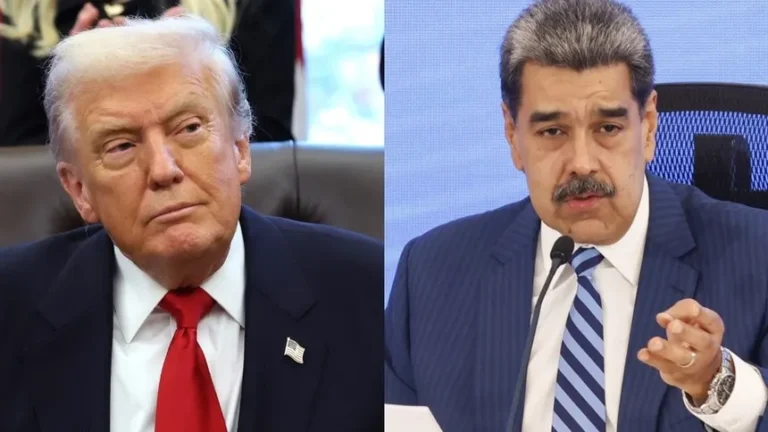
Trump’s Tariffs Take Effect, Bringing Billions in Revenue and Economic Leverage
WASHINGTON, D.C. — President Donald Trump’s new round of tariffs officially took effect at midnight Thursday, marking a bold escalation in his administration’s America First trade strategy. The tariffs—ranging from 10% to 50%—apply to dozens of nations and industries, including countries that continue trading with adversarial regimes or lack reciprocal agreements with the United States.
In a Truth Social post moments after midnight, Trump declared, “BILLIONS OF DOLLARS IN TARIFFS ARE NOW FLOWING INTO THE UNITED STATES OF AMERICA!” The administration says the new revenue will strengthen the economy, support American jobs, and incentivize fair trade deals.
Why the Tariffs Matter
These sweeping levies are part of what the White House calls “Liberation Day tariffs,” designed to counter economic dependence on foreign nations and regain control over supply chains that have long favored overseas manufacturers.
While some multinational corporations have warned of price increases, the administration contends that short-term price adjustments are a fair trade-off for long-term economic independence and national security.
- Tariffs will impact imports including consumer goods, apparel, electronics, and raw materials.
- Countries such as India, Brazil, Switzerland, and Canada face higher rates due to trade imbalances or continued partnerships with sanctioned nations.
- Canadian goods now face up to 35% tariffs, after trade deal talks lapsed.
Economic and Strategic Rationale
According to the Trump administration, tariffs serve three key goals:
- Protect American manufacturing from unfair competition.
- Punish adversaries and their allies who profit from U.S. markets while undermining Western interests.
- Encourage fair and reciprocal trade agreements that put American workers first.
White House trade officials emphasized that the current tariff structure was recalibrated to correct prior miscalculations and is now tailored to reward nations that engage in fair trade and penalize those that exploit U.S. markets.
Impact on the Economy
While critics argue tariffs could raise prices, administration allies note that many companies pre-stocked inventory in anticipation, softening the immediate impact. However, increased costs may begin to reach consumers by late summer or early fall, particularly for items like coffee, clothing, and imported foods.
- Coffee from Brazil may rise by 6–8% in retail cost.
- Footwear and apparel could see modest hikes due to the U.S. importing nearly all clothing.
- Car repair costs may rise due to higher prices on imported parts.
Still, many pro-industry groups and economists supportive of the administration say the tariffs are restoring long-overdue balance and giving the U.S. real leverage at the negotiating table.
“You don’t win a trade war by backing down,” said a senior administration official. “You win by standing firm and making the world respect the American economy.”
Looking Ahead
Trump has signaled more actions may come, including a possible 100% tariff on foreign-made semiconductors not produced in allied nations. The administration believes a firm stance now will encourage countries to revise their trading behavior before new measures are enacted.





